Barbenheimer: Two entirely different films placed in different times and spaces layered with symbolism yet critiquing this flawed world and society in their own ways.
In this post-pandemic world, Barbenheimer, more than the conjoining of two films, has turned into a phenomenon that created a miraculous zeal inside the audience to visit the theatres, thus, once again bringing the lost crowd back from their hibernation to big screens. The two worldwide blockbusters of this year, directed by Christopher Nolan and Greta Gerwig, are placed in entirely different worlds but raise questions that leave us pondering the world’s stance on the issues these two films deal with within their narrative.
Symbolism and Analogies in Barbenheimer
Barbenheimer has ample symbolism embedded in the films that enhance their nuanced portrayal of the issues they are trying to illustrate in their respective films.
Barbie depicts an amazingly detailed Barbieland in the opening scene, where we see the titular character, played by Margot Robbie, looking at the mirror to doll herself up as the stereotypical Barbie. This Barbieland has Biblical references, which makes it synonymous with the Garden of Eden or the idyllic Paradise where all the Barbies can be called Eve and all Kens can be called Adam. Lacanian Psychosexual development is evident in Barbie’s looking at the mirror, especially “The Imaginary Order” or “The Mirror Stage,” which is primarily narcissistic even though it sets the stage for the fantasies of desire.
The image is a fantasy that the child sets up to compensate for the sense of lack or loss, which Lacan terms the “Ideal I” or “Ideal ego.” Barbies and Kens were initially oblivious of the gender differences in the Real World, they were basking in the fantasy, but the question of death was lurking amidst this fantasy which leads to Barbie and Ken’s entry into the Real World, thus leading to the formation of their Ideal Ego, especially Ken’s (played by Ryan Gosling) Ideal Ego.
Analogies can also be drawn between Barbie and Ken’s entry into the Real World and a child’s entry into “The Symbolic Order” or “The Big Other,” the last module on Lacanian Psychosexual development where Lacan says a child enters into the language and accepts the rules and dictates of society. Only after Barbie and Ken’s entry into the Real World does Ken learn about patriarchy and subvert the gender hierarchy once he returns to Barbieland. At the same time, Barbie learns how women are subjected to objectification in Real World and are Othered at every step.
The Biblical Fall of Adam and Eve from the Garden of Eden after consuming the Fruit of Knowledge can be analogous to Barbie and Ken’s travel into the Real World. Knowledge brings pain and suffering, and we see Barbie crying for the first time in a particular scene while she has visions of her owner, who plays with her in the Real World. We witness both Barbie and Ken crying on certain occasions after their journey from the Real World, their traversal from Innocence to Experience, echoing William Blake’s poetry collection: “Songs of Innocence and Experience.”
References to Biblical Ruth can be unfolded in the name of Barbie’s creator Ruth Handler, who co-founded Mattel with her husband Elliot and was also the company’s first president from 1945- 1975. There is a brief indication of Freudian psychoanalysis as well in a specific scene after Barbie enters into the Real World when she questions the CEO of the Mattel company as to why there’s no woman in any vital position of the company, which is contrary to the ideals of the product they are marketing.
In the ensuing conversation, the CEO mentions, “It’s a phallic building,” which reminds us of the third stage, namely the “Phallic stage” of Freud’s psychoanalysis, which talks about castration anxiety. Phallus is a symbol of the power conferred on masculinity. However, Freud said that castration anxiety is metaphorical in the sense that the male is constantly threatened with the idea of feeling insignificant, not being able to become a member of “The Law of the Father” and therefore always wielding their power upon the women around as they are already castrated like the Kens exercising their authority upon the Barbies, building Kendom in Barbieland, and later the men from the Real World trying to control Barbie by chasing her to Barbieland.
On the other hand, Oppenheimer is a biopic based on the American novel “American Prometheus: The Triumph and Tragedy of J. Robert Oppenheimer,” written by Kai Bird and Martin J. Sherwin. In Greek Mythology, Prometheus is called the “God of Fire,” the one who stole fire, defying the Olympian Gods, and was later punished by Zeus, the “King of Olympian Gods.” While Oppenheimer is called the “Father of the Atomic Bomb,” both Oppenheimer and Prometheus unleashed a forbidden weapon of destruction onto this world, believing in the greater human good. Yet, unfortunately, it only led to depravity and degeneration under the garb of creating a new world and civilization.
In Oppenheimer, there’s a constant dichotomy between fame and guilt, rise and fall like a tragic hero, which Nolan portrays through black and white and color cinematography. All the black-and-white sequences are those of Strauss’s (played by Robert Downey Jr.) initial conflicts on certain aspects revolving around the making of the H-bomb. Due to his rivalry with Oppenheimer, Lewis Strauss was trying to taint Oppenheimer’s reputation and integrity. At the same time, the color sequences are those of Oppenheimer trapped in a small room (like he was trapped by his guilt) surrounded by officials questioning his loyalty towards his nation.
On the day of the execution of the Trinity Test conducted in Los Alamos situated in New Mexico, there was a storm that created a sense of tension among everyone who was involved in the project as to whether they would be able to perform their test successfully. This storm seems like a harbinger of the impending nuclear holocaust in Japan. This event would be forever etched in the history of the world.
Oppenheimer’s utterance after the success of the Trinity Test, “Now I have become Death, the destroyer of worlds,” is symbolic of the eternal guilt that he would carry to his grave. While addressing the crowd after the test’s success by saying, “It’s such a day America would never forget”, he simultaneously has visions of the destruction his creation would inflict upon humanity. Nolan and Hoyte Van Hoytema use brilliant imagery and sound, depicting the suffering of the atomic bomb survivors by superimposing it on the crowd that’s gathered to celebrate the power of the bomb and the victory of their nation in WWII. Through Oppenheimer’s agonized, guilt-ridden eyes and mind, the audience sees what he sees and lives his experience.
While perceiving Oppenheimer’s distress, many analogies come to mind. For instance, Lady Macbeth’s monologue from the sleepwalking scene of Macbeth- “All the perfumes of Arabia will not sweeten this little hand…what’s done cannot be undone.” The Roman Governor Pontius Pilate’s utterance, while washing his hands before the multitude, says, “I am innocent of the blood of this person.” This ‘person’ here refers to Jesus Christ. And it’s interesting how Oppenheimer’s meeting with President Truman goes, where his guilt became explicit through his words, “I feel I have blood on my hands,” thus acquiring the label of “crybaby” from the President.
Issues dealt with In Barbenheimer
Barbie deals with gender bias in society but also preaches how men and women depend on each other for their existence. Both male and female gaze is established through a scene in Barbie when Barbie and Ken after they arrive in the Real World. While walking on a beach, Barbie becomes an object of gaze for men and women in the Real World. Gerwig also subverts the stereotypical yardstick to measure the beauty of a woman by emphasizing that it’s alright to be imperfect, and the imperfections distinguish one from the other. She makes Gloria, a Mattel employee, her spokesperson in Barbieland, who convinces all the Barbies to embrace their flaws and take pride in their achievements.
Gerwig wants to establish the idea of a classless society through this film. Therefore, in Barbieland, everyone has the same names with similar houses and accomplishments. However, she depicts this idyllic world in stark contrast to the real world, possibly asserting that the real world can demolish its prejudices by imbibing some attributes or traits from the utopian world. Gerwig promotes gender neutrality because she believes that males and females are meaning-makers of each other. The concept of self and the other is highly applicable in this case.
Through Oppenheimer’s biopic, Nolan brings to our attention that human beings are the creator and destroyers of this world while science and technology act as mediums of creation or destruction, mere pawns in the hands of human beings. Through Oppenheimer’s inner conflicts, he tries to show how human beings have to live with the consequences of their actions, the consequences of which can annihilate millions of innocent people. For Oppenheimer, with success comes fame but guilt overshadows it all.
Questions We have about Barbenheimer
Pink is generally associated with feminity, and the film Barbie is replete with pink. If Gerwig intends to promote gender neutrality in this film by breaking all the stereotypes, then why doesn’t she break this particular stereotype of associating women with pink remains questionable. Also, Barbie’s choice to leave Barbieland and to be Barbara in the real world revolves around a bit of ambiguity. Barbie negotiates with the principles of the real world, subduing her unmitigated life of pleasure. She says, “I want to be a part of the people that make meaning.”
Does Gerwig, through this one statement, deny the entire existence of Barbie in Barbieland as meaningless and show gender-neutral society as merely a myth that is too good to be true? Is this a contradiction? Or maybe she is trying to show that you can never go back to being innocent? There’s no going back once children recognize themselves as a different entity. Then comes the quest to know themselves and establish their individualism. Maybe Barbie wants to rediscover herself and embrace her humane imperfect self.
Greta Gerwig is adored for the way she empowers women through her films like Little Women, Lady Bird, but in Barbie, her stance on feminism remains enigmatic and confusing, like a riddle that offers no steady solution to the gender discourse of the world in which we are currently residing.
Oppenheimer, on the other hand, is a scathing critique on the exploitation of science by politicians or humankind in general, and it raises questions as to where humanity stands in this technologically driven world. Are human beings humane or reduced to automatons? Science has indeed progressed over the years, but at what cost? Who is paying the cost?
Christopher Nolan has previously gifted us with films like The Prestige, Tenet, Interstellar, and Inception. His films touch upon science, but with Oppenheimer, it’s a real-life story of a morally conflicted scientist whose creation shook one’s faith in humanity. Perceiving the incident and the circumstances under Nolan’s dramatized visuals, the film takes us back to the question of where the world stands today in the Russia-Ukraine war, where multiple threats of nuclear holocaust are at the forefront. Will we ever learn from our mistakes? Or will we keep committing the same mistakes until it leads to our destruction?
It’s been nearly a week since Barbenheimer was released in theatres, and ample controversies surround both films. Still, both of these films have their unique way of storytelling and shaping their cinematic worlds. It’s rooted in the crisis of our contemporary world and leaves us with many questions, the answers to which we must seek and find for the betterment of humanity.
Read More:
Why Oppenheimer Will Go Down As One of The Most Defining Films Of Our Era?
The Dialectical Argument For & Against Greta Gerwig’s Barbie
The Blonde Doll ‘Barbie’ and Counter-Culturalism

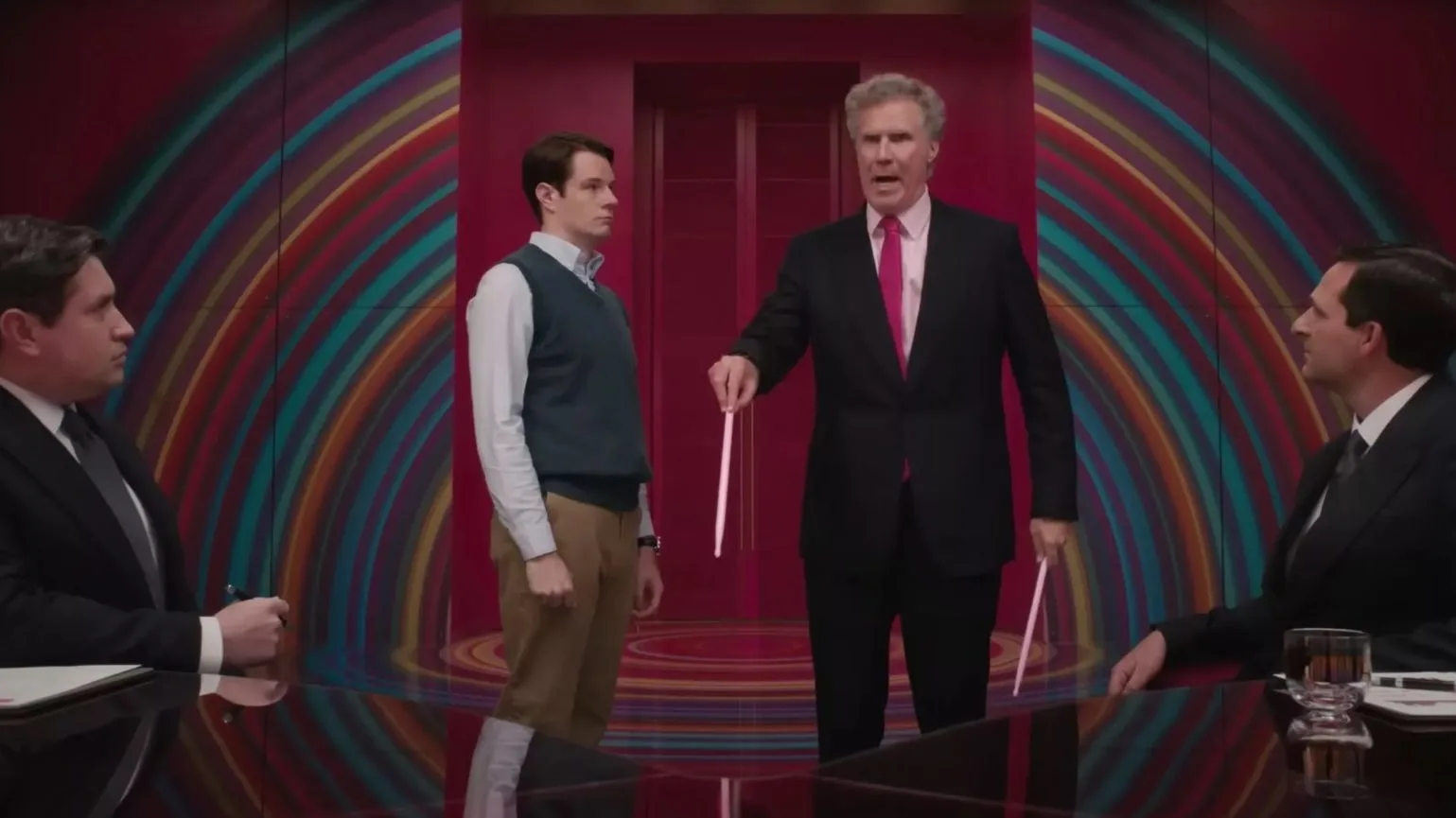
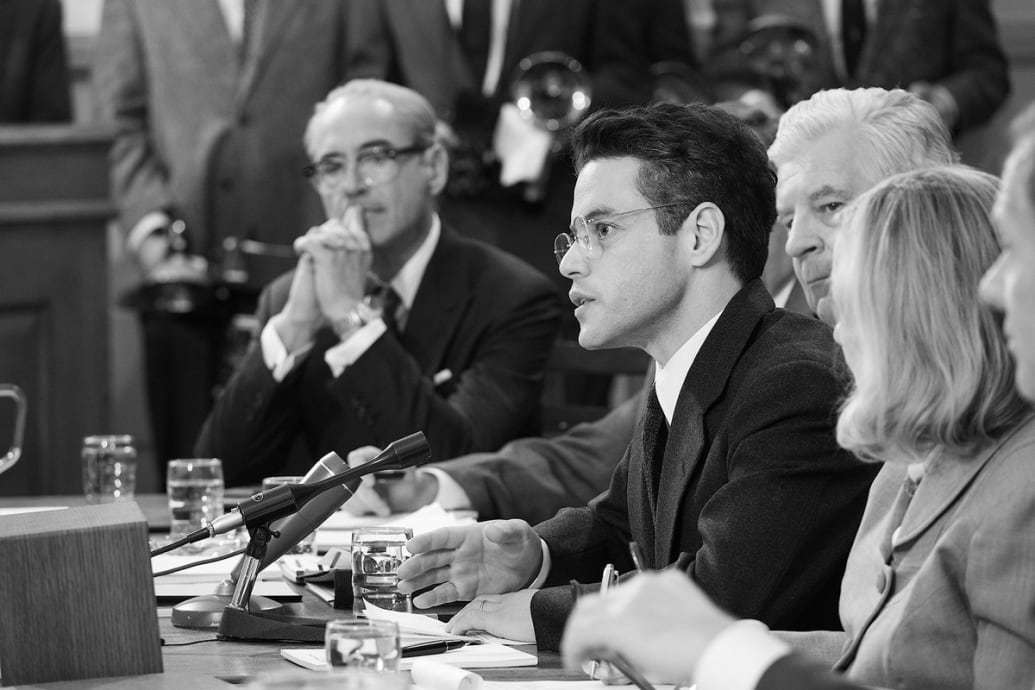
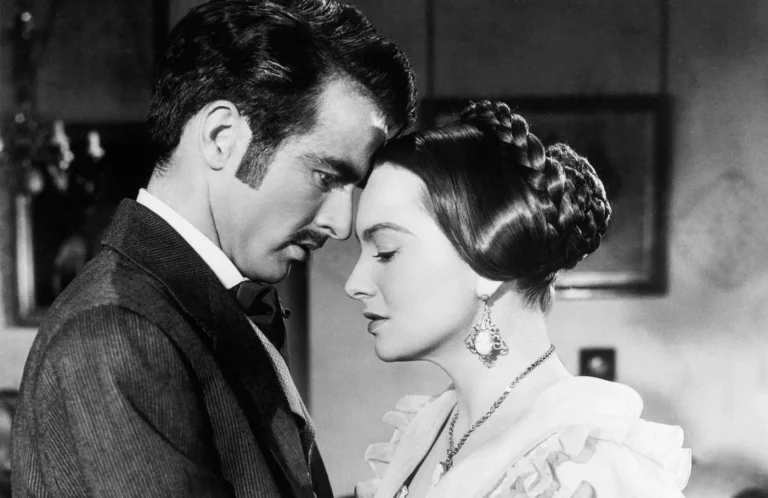

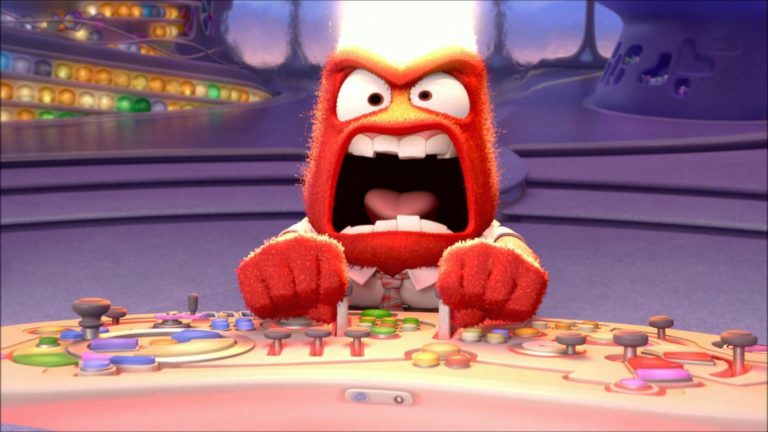

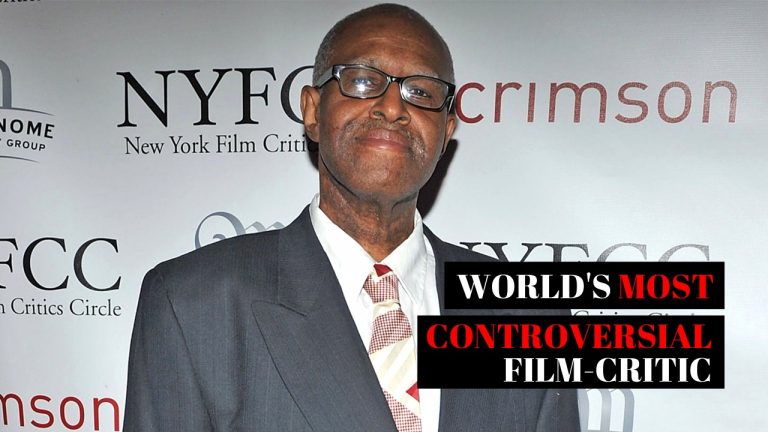
![[WATCH] Video Essay Explores The Generation Gap in Two Mike Nichols’s Classics](https://79468c92.delivery.rocketcdn.me/wp-content/uploads/2017/05/the_graduate-768x377.jpg)